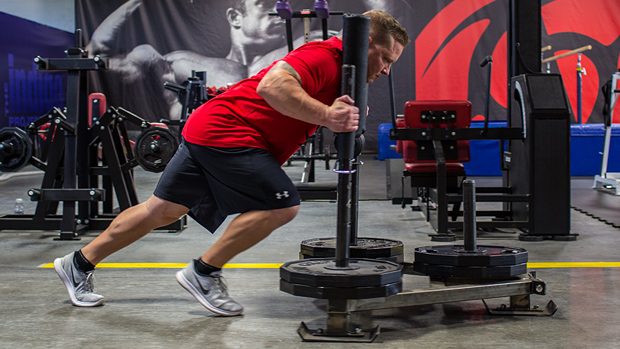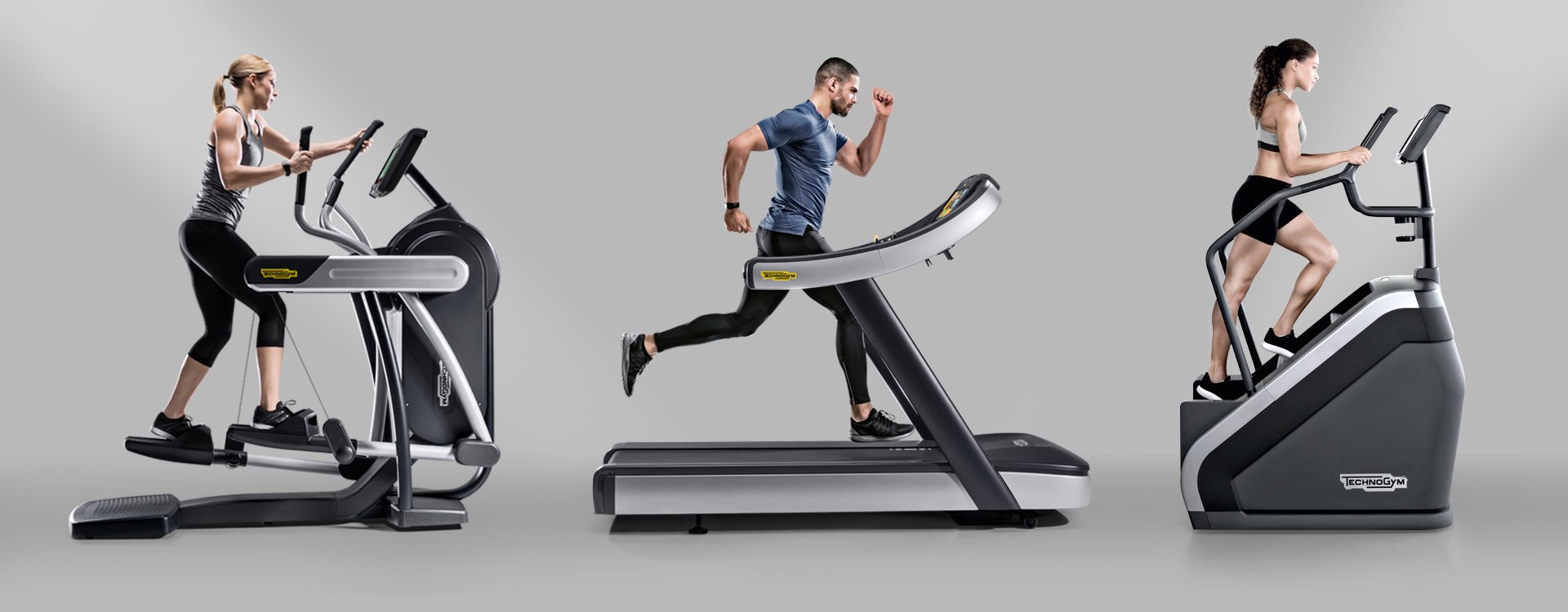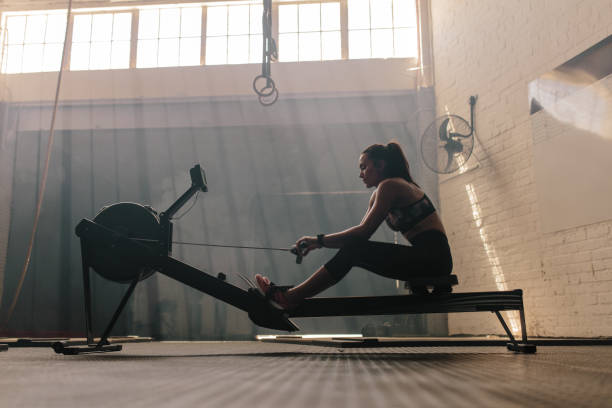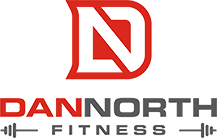Some people love running, other people hate it. I tend to fall into the latter category. So when it comes to fitting cardio into my routine, I have to be creative with my approach so I don’t get bored and avoid doing it altogether.
If you’re like me and you think of ways to avoid cardio at all costs, I get it. But, after reading this I am hoping you will see that cardio isn’t all that bad. Sure, it may not be as fun as lifting heavy shit, in my humble opinion, but the results speak for themselves.
WHAT ARE THE BENEFITS OF DOING CARDIO?
- Improved blood flow
- Improved recovery from training
- Improved cardiovascular health
- Improved joint and ligament health
- Faster recovery between workouts and during workouts
- Decreased body fat
ENERGY SYSTEMS
We utilize different energy systems to perform movements depending on the level and length of stress we put on our bodies. For instance, the classic weightlifting movements (snatch, clean, jerk) are very fast, lasting no longer than about 5-10 seconds (all things considered, roughly speaking). Therefore, weightlifters use what is called the alactic anaerobic energy system in order to complete the main lifts. The alactic anaerobic system uses movements that are explosive and fast, including heavy lifting and 100m sprints.
This means that in order for weightlifters to improve their conditioning for their sport, their training should mimic what is going to happen on competition day as closely as possible. By working with exercises and movements that use the same energy systems as the main lifts with less impact on our musculoskeletal system, we are training our bodies to perform and recover at an optimal level that is geared towards weightlifting.
High intensity interval training (HIIT) can be used by the majority of the population, not just weightlifters.
If you’re someone just trying to shed off some fat and get a bit of cardio in for the health benefits, doing a HIIT session 2-3 times per week can be a great idea.
WHAT IS HIIT?

In a nutshell, high intensity interval training is when you are doing a lot of work in a short amount of time. You are exerting a lot of effort in a condensed period of time. This allows you to accomplish a lot without spending hours on the treadmill.
And it isn’t limited to the treadmill or running on the track, you can basically use anything as interval training (within reason…I wouldn’t do HIIT while maxing out your deadlift, so use a bit of common sense).
You can use bodyweight exercises, weights, plyometrics, cardio machines, kettlebells…the world is your oyster.
- Sprints: 50-200m would be an ideal length to work with for multiple sets.
- Rower: This will increase your aerobic capacity and allow your body to recover more efficiently between workouts and between sets when you are doing weight training.
- Box jumps: Power and explosiveness are essential tools that carry over to every other aspect of fitness, and should be trained routinely in order to maintain and improve overall strength. Box jumps should be implemented into training due to the beneficial response on your CNS (central nervous system) and impact on overall conditioning.
- Airdyne: This thing sucks and will kick your ass…so it must be good, right? Similar to the rower, working with the airdyne is an effective tool to strengthen your aerobic capacity and allow them to recover more efficiently between sub-maximal to maximal sets. Also, cycling or airdyne work puts low- impact stress on joints and ligaments, allowing for more frequent use in your training program if you’re playing sports, lifting weights, or training for a competition.
- Timed sets: Performing EMOM (every minute on the minute) or every couple of minutes can be used with anything. Use submaximal weights, plyometric exercises, sled work, box jumps, get creative. Movements that require explosive or strength output for timed sets would be ideal. In other words, don’t do jumping jacks and sit ups with this routine as these exercises are fairly low impact and don’t exert a lot of output from your body. Choose exercises that are going to make you work and require rest in between to perform efficiently.
- Complexes: Pairing exercises together into full body complexes are a great conditioning tool. You’re always going to get a great return from your workouts if you do a combination of upper and lower body workouts. Challenging multiple muscles at a time is going to burn more calories and that’s just a fact.
WHAT IS LISS?

On the opposite side of the spectrum, you have low intensity steady state cardio (LISS), which is when you are performing exercises with lower exertion for prolonged periods. This can include activities like walking, hiking, stairs, cycling, or jogging.
One of the major benefits of LISS is it is much easier on the body, so you can recover faster. It’s also much more approachable for someone who has just started working out.
An overload of steady state cardio, or any type of exercise for that matter, will deteriorate muscle mass and cause regressions in strength. So its important you don’t overdo it, sometimes less is more.
If you’re someone who lifts weights and wants to shed some fat, your primary goal should be to tighten up your diet. Cardio will definitely help, but it starts in the kitchen.
WHAT TYPE OF CARDIO SHOULD I BE DOING?
It all comes down to the individual and where they are in their programming. Usually, the best type of cardio for you is the one that you’re not doing.
If you enjoy walking at a steady pace for an hour and that has been your go to routine since you can remember, try throwing in some high intensity cardio sessions a couple times per week. If you’re the type who loves HIIT and are doing it almost every workout, maybe take a step back from the high intensity style cardio sessions and try something lower impact for longer durations.
Our bodies adapt to change and will usually respond to something we haven’t done in a while or at all before. Even if your cardio sessions are brutally intense and leave you swimming in a puddle of sweat, it doesn’t necessarily mean that’s the best approach for you.
If your goal every session is to train until fatigue, you’re setting yourself up for failure. Your body can’t possibly recover sufficiently between workouts if you’re going all out every time you’re in the gym. There needs to be waves in your approach, fluctuating from high intensity to low intensity bouts. If you go all out every session, your body will break down and everything will start regressing as a result. Your strength will go down, your recovery will take a huge toll, your muscle mass will break down since it hasn’t had sufficient time to recover and grow, and you’ll get other crappy, unwanted results.
For someone looking to lose some fat, get healthier, and feel better while maintaining their muscle mass, two to three cardio sessions a week is great. Simplify it, keep it fun and interesting, and mix up your approach between HIIT and LISS.
If you have any questions or comments about this post, shoot me a message down below!
Dan





